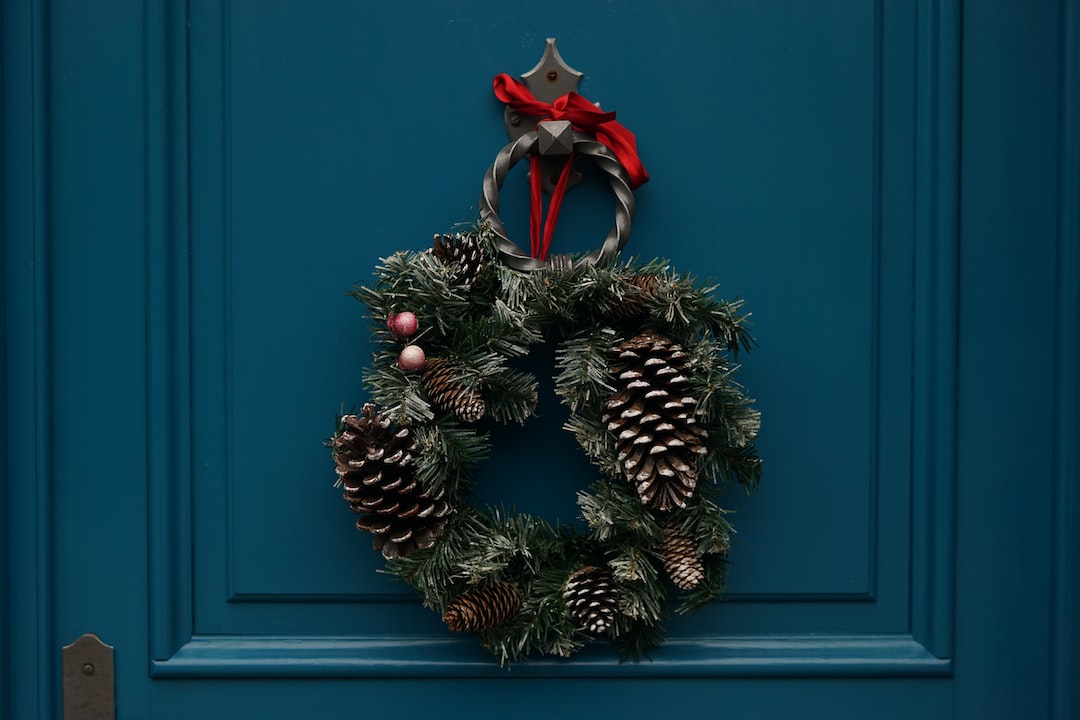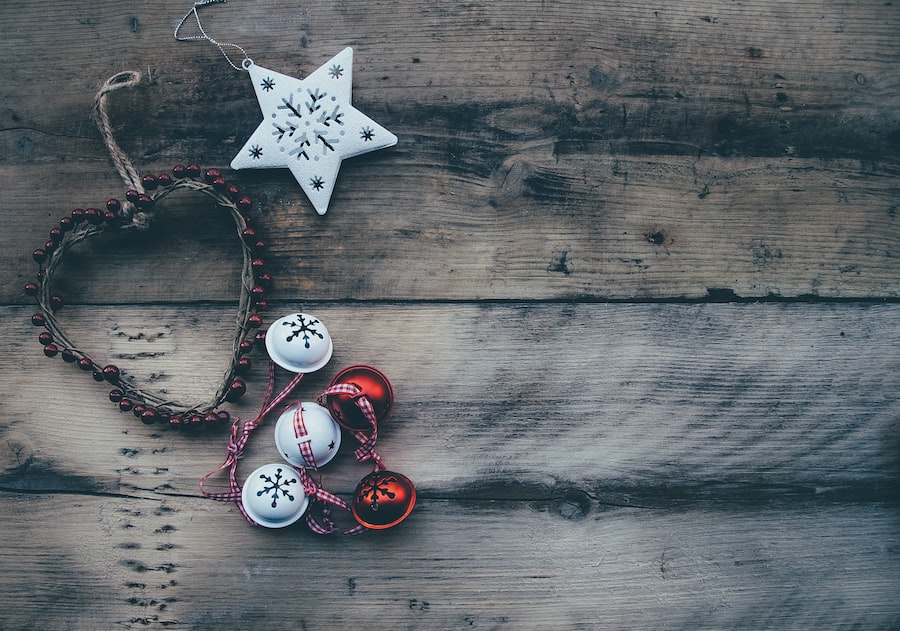Extend the Life of Your Poinsettia: Tips for Post-Christmas Care

Poinsettias are one of the most popular plants during the holiday season. Their vibrant red and green leaves add a festive touch to any home or office. However, many people don’t realize that caring for poinsettias doesn’t end after the holidays. In fact, post-Christmas care is crucial for ensuring the longevity and health of these beautiful plants.
During the holiday season, poinsettias are in high demand and can be found in almost every store and nursery. They are often given as gifts or used as decorations in homes and businesses. However, once the holiday season is over, many people simply discard their poinsettias without realizing that with proper care, these plants can continue to thrive and bring beauty to their surroundings for months to come.
Caring for poinsettias after the holidays is important because it allows the plants to recover from the stress of being indoors and exposed to artificial lighting and heating. It also helps them transition back to their natural growth cycle, ensuring that they will bloom again next year. By providing the right conditions and care, you can enjoy your poinsettias year-round and even have them ready for next year’s holiday season.
Key Takeaways
- Post-Christmas poinsettia care is important to ensure the plant’s survival and optimal growth.
- Understanding the growth and life cycle of poinsettias is crucial for proper care.
- Watering and soil maintenance tips include allowing the soil to dry out slightly before watering and using well-draining soil.
- Poinsettias require bright, indirect light and temperatures between 60-70°F.
- Fertilizing poinsettias should be done sparingly and only with a balanced fertilizer.
Understanding Poinsettia Growth and Life Cycle
To properly care for poinsettias after the holidays, it’s important to understand their growth and life cycle. Poinsettias are native to Mexico and are tropical plants that thrive in warm climates. They are classified as short-day plants, which means they require long periods of darkness to trigger blooming.
After the holiday season, poinsettias need a period of rest to recover from the stress of being indoors. During this time, they will naturally lose their leaves and enter a dormant state. This is completely normal and should not cause concern. In fact, it is necessary for the plant to go through this phase in order to bloom again next year.
When caring for poinsettias after the holidays, it’s important to look for signs of healthy growth. Healthy poinsettias will have strong stems and vibrant green leaves. Avoid plants with wilted or yellowing leaves, as this may be a sign of poor health. Additionally, check the soil to ensure it is moist but not waterlogged. Overwatering can lead to root rot and other issues.
Watering and Soil Maintenance Tips for Poinsettias
Proper watering is essential for the health of poinsettias. During the post-Christmas period, it’s important to water poinsettias thoroughly but allow the soil to dry out slightly between waterings. Overwatering can lead to root rot, while underwatering can cause the plant to wilt and die.
To water poinsettias, thoroughly saturate the soil until water drains out of the bottom of the pot. Allow the excess water to drain away and never let the plant sit in standing water. Check the soil regularly and only water when it feels dry to the touch.
In addition to proper watering, maintaining healthy soil is crucial for poinsettia care. Poinsettias prefer well-draining soil that is rich in organic matter. Avoid using heavy clay soils or soils that retain too much moisture, as this can lead to root rot. Instead, use a well-draining potting mix that is specifically formulated for indoor plants.
Light and Temperature Requirements for Poinsettias
| Light Requirements | Temperature Requirements |
|---|---|
| 6 hours of bright, indirect sunlight per day | 60-70°F during the day, 55-60°F at night |
| Avoid direct sunlight, which can cause leaf burn | Avoid temperatures above 75°F or below 50°F |
| Provide shade during the hottest part of the day | Avoid placing near drafts or heating vents |
Proper light and temperature conditions are essential for the health and growth of poinsettias. After the holidays, it’s important to provide them with optimal conditions to ensure their longevity.
Poinsettias require bright but indirect light. They should be placed near a window where they can receive at least six hours of bright, indirect sunlight each day. Avoid placing them in direct sunlight, as this can cause the leaves to burn.
In terms of temperature, poinsettias prefer warm conditions. They thrive in temperatures between 65 and 75 degrees Fahrenheit during the day and slightly cooler temperatures at night. Avoid exposing them to extreme temperature fluctuations or drafts, as this can cause stress and damage to the plant.
Fertilizing Poinsettias: Dos and Don’ts
Fertilizing poinsettias is important for promoting healthy growth and blooming. However, it’s important to follow proper fertilization techniques to avoid damaging the plant.
Poinsettias should be fertilized every two weeks during the growing season, which typically starts in late winter or early spring. Use a balanced, water-soluble fertilizer that is specifically formulated for indoor plants. Follow the instructions on the fertilizer package for proper dilution and application rates.
It’s important not to over-fertilize poinsettias, as this can lead to salt buildup in the soil and damage the roots. If you notice that the leaves are turning yellow or the plant is not growing well, it may be a sign of over-fertilization. In this case, flush the soil with water to remove excess salts and adjust your fertilization schedule accordingly.
Pruning and Pinching Poinsettias for Optimal Growth

Pruning and pinching are important techniques for promoting healthy growth in poinsettias. By removing dead or damaged leaves and pinching back new growth, you can encourage bushier plants with more blooms.
When pruning poinsettias, use clean, sharp pruning shears to remove any dead or damaged leaves. This will not only improve the appearance of the plant but also prevent the spread of disease. Additionally, remove any spent flowers to encourage new blooms.
Pinching back new growth is another technique that can promote bushier plants. To do this, simply pinch off the top inch or two of new growth using your fingers or pruning shears. This will encourage the plant to branch out and produce more flowers.
Preventing Pest Infestations in Your Poinsettias
Poinsettias are susceptible to a variety of pests, including aphids, whiteflies, and spider mites. These pests can cause damage to the leaves and flowers, and if left untreated, can even kill the plant.
To prevent pest infestations in your poinsettias, it’s important to regularly inspect the plants for signs of pests. Look for small insects on the leaves or sticky residue on the leaves and stems, which may be a sign of aphids or whiteflies.
If you notice any pests, there are several methods you can use to treat them. One option is to use an insecticidal soap or neem oil spray, which can be applied directly to the plant to kill the pests. Another option is to introduce natural predators, such as ladybugs or lacewings, which will feed on the pests and help control their population.
Repotting Poinsettias: When and How to Do It
Repotting poinsettias is necessary when they outgrow their current pots or when the soil becomes compacted and doesn’t drain properly. It’s important to repot poinsettias at the right time and using the proper techniques to avoid damaging the roots.
The best time to repot poinsettias is in late winter or early spring, just before they enter their active growing season. Choose a pot that is slightly larger than the current one and fill it with a well-draining potting mix. Gently remove the plant from its current pot, being careful not to damage the roots. Place it in the new pot and fill in any gaps with additional potting mix.
After repotting, water the plant thoroughly and place it in a location with bright, indirect light. Avoid fertilizing for a few weeks to allow the plant to adjust to its new pot.
Storing Poinsettias for Next Year’s Holiday Season
If you want to keep your poinsettias for next year’s holiday season, it’s important to store them properly during the off-season. With the right care, poinsettias can be stored and brought back to bloom again next year.
After the holidays, gradually reduce watering and allow the plant to enter its dormant phase. Once the leaves have fallen off, cut the stems back to about six inches above the soil line. Place the plant in a cool, dark location with temperatures between 50 and 60 degrees Fahrenheit.
During the storage period, check the plant regularly for signs of moisture or pests. If the soil feels dry, water lightly to prevent the roots from drying out completely. If you notice any pests, treat them immediately to prevent infestations.
In late summer or early fall, bring the poinsettia out of storage and gradually increase watering and light exposure. This will encourage new growth and prepare the plant for blooming again in time for the holiday season.
Enjoying Your Poinsettias Year-Round
Caring for poinsettias after the holidays is crucial for ensuring their longevity and health. By providing proper watering, light, temperature, fertilization, pruning, and pest prevention techniques, you can enjoy your poinsettias year-round and even have them ready for next year’s holiday season.
Remember to water poinsettias thoroughly but allow the soil to dry out slightly between waterings. Provide bright but indirect light and maintain temperatures between 65 and 75 degrees Fahrenheit. Fertilize every two weeks during the growing season but be careful not to over-fertilize.
Prune and pinch poinsettias to promote healthy growth and prevent pest infestations. If necessary, repot poinsettias in late winter or early spring using a well-draining potting mix. Finally, store poinsettias properly during the off-season to bring them back to bloom again next year.
By following these tips and providing proper care, you can enjoy the beauty of poinsettias year-round and continue to bring holiday cheer to your home or office.
If you’re wondering what to do with your poinsettia after Christmas, look no further! Check out this informative article on Lawn World’s website that provides helpful tips and guidance on how to care for your poinsettia plant beyond the holiday season. From proper watering techniques to finding the right amount of sunlight, this article covers it all. Discover how to keep your poinsettia thriving and beautiful throughout the year by clicking here.



